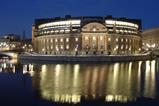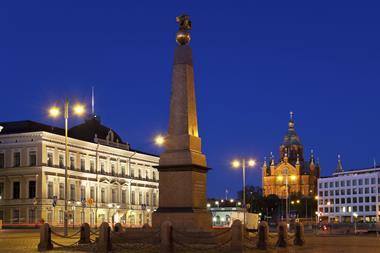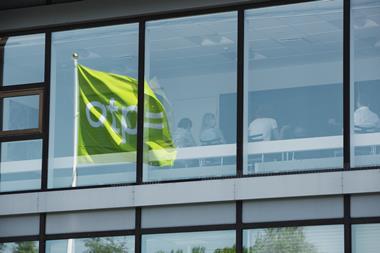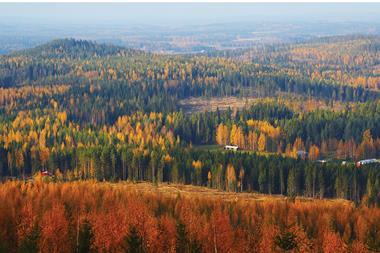Swedish pension provider AMF has published its financial returns for the first three months of this year, posting a 4.8% investment loss overall, but praised the model behind the traditional pension product for being robust amid a turbulent market environment.
AMF, the Nordic country’s second-largest commercial pension fund, said its strategy behind traditional pensions – a product type that makes up most of AMF’s business – was characterised by long-term investment, risk diversification, low fees and a minimum yield guarantee.
Johan Sidenmark, chief executive officer of AMF, said: “We have entered a much tougher and more turbulent economic period, with geopolitical tensions, supply disruptions and rising inflation during the beginning of the period.”
Regarding investment classes across its whole operation, AMF said its return during the first quarter had mainly been hit by sharply falling share prices with its fixed income assets also having fallen in the wake of rising interest rates.
Tomas Flodén, AMF’s head of asset management, said: “At the same time, both our real estate investments and our alternative investments in assets such as forests, infrastructure and energy delivered a positive return, which together with our active management dampened the decline.”
Flodén said: “This shows the strength and robustness of traditional pension management.”
Total assets behind AMF’s traditional pension product, which is the default option in Sweden’s blue-collar SAF-LO pension scheme, diminished to SEK597bn (€57.7bn) at the end of March from SEK622bn at the end of December.
In AMF’s investment funds business however, part of which provides products within the premium pension system, there was a steeper fall in asset values over the period, with total assets here declining to SEK201bn from SEK228bn.
Flodén said AMF had sold as many of the limited Russian assets it had in its life portfolio as possible in connection with Russia’s attack on Ukraine.
AMF saw a slight increase in its solvency level during this year’s first quarter to 238% from 232% at the end of 2021, and it attributed this to higher discount rates, which had meant lower technical provisions.
The SEK800bn pension fund said its average annual return over the past five years had dropped to 7.6% from 8.4% this time last year, but that measured over a 10-year period the return had risen to 8% from 7.9%.
Read the digital edition of IPE’s latest magazine





















No comments yet